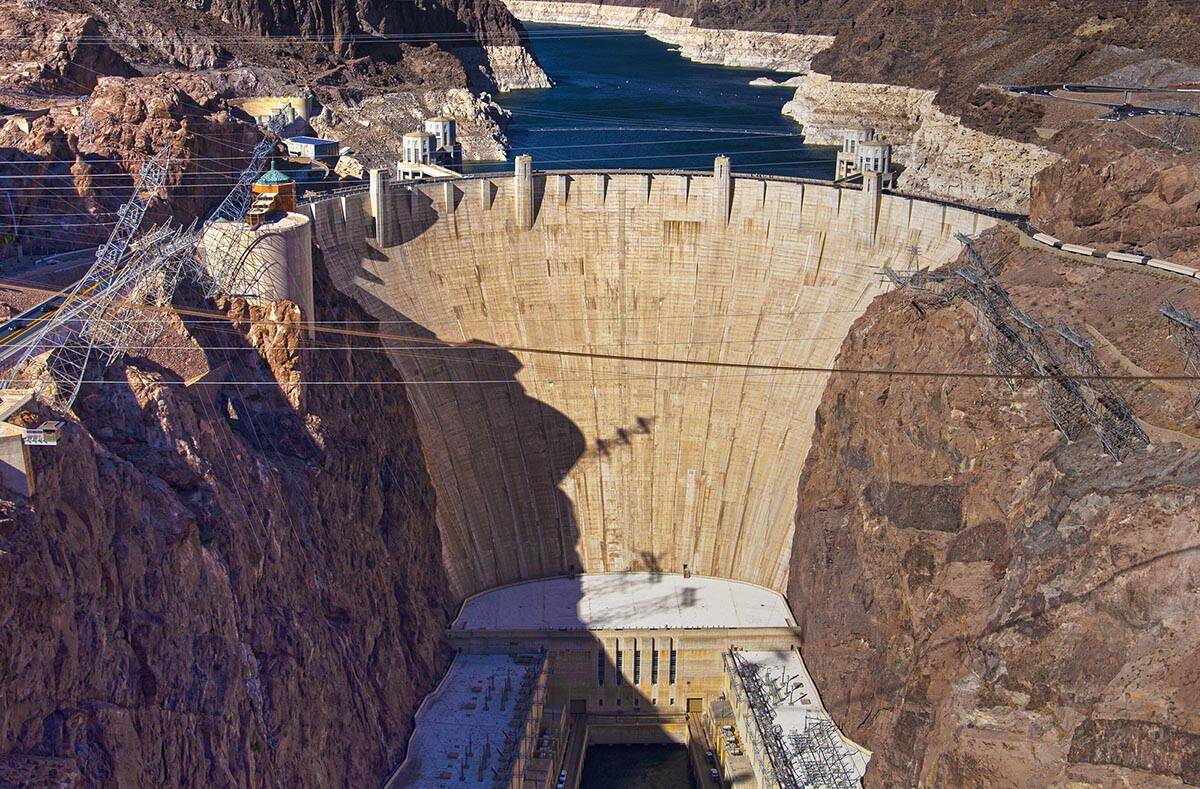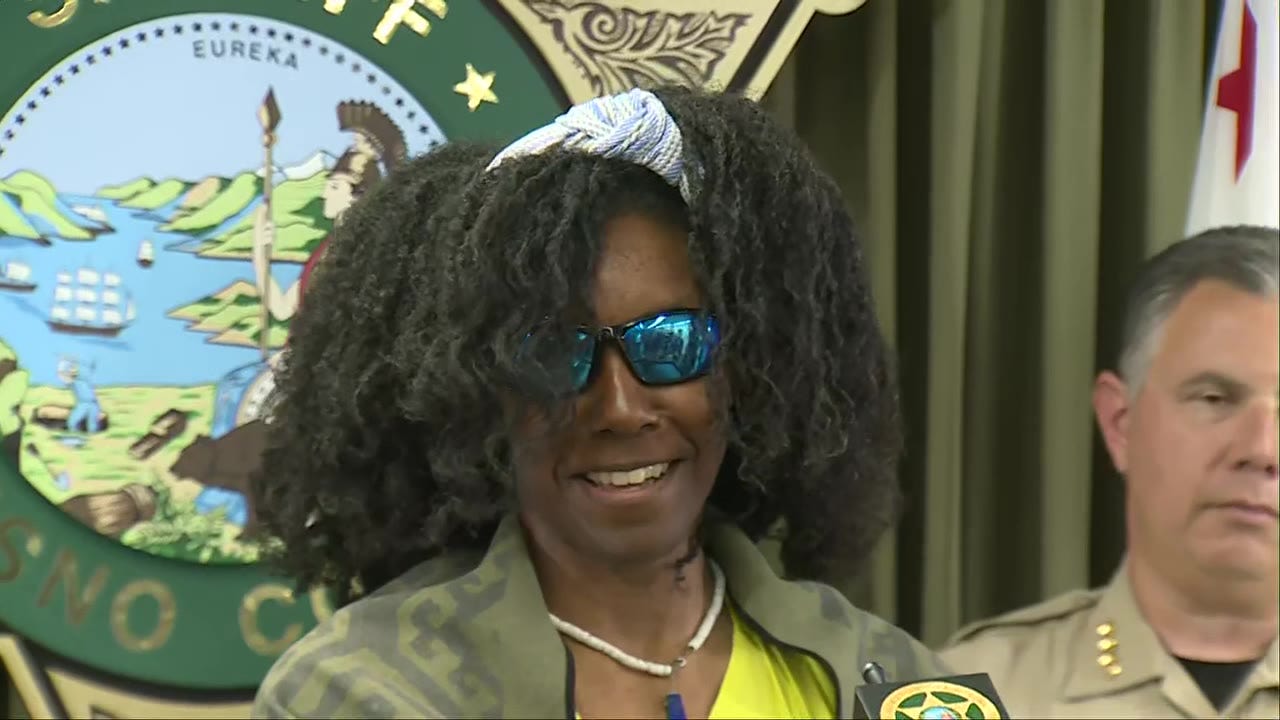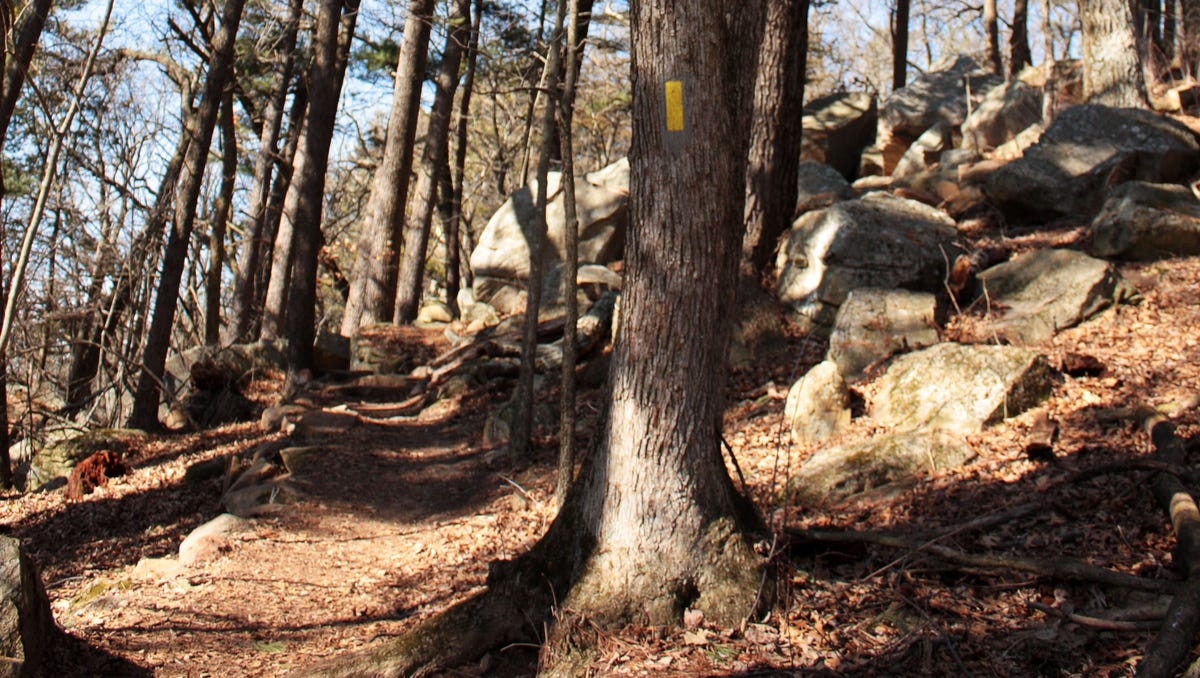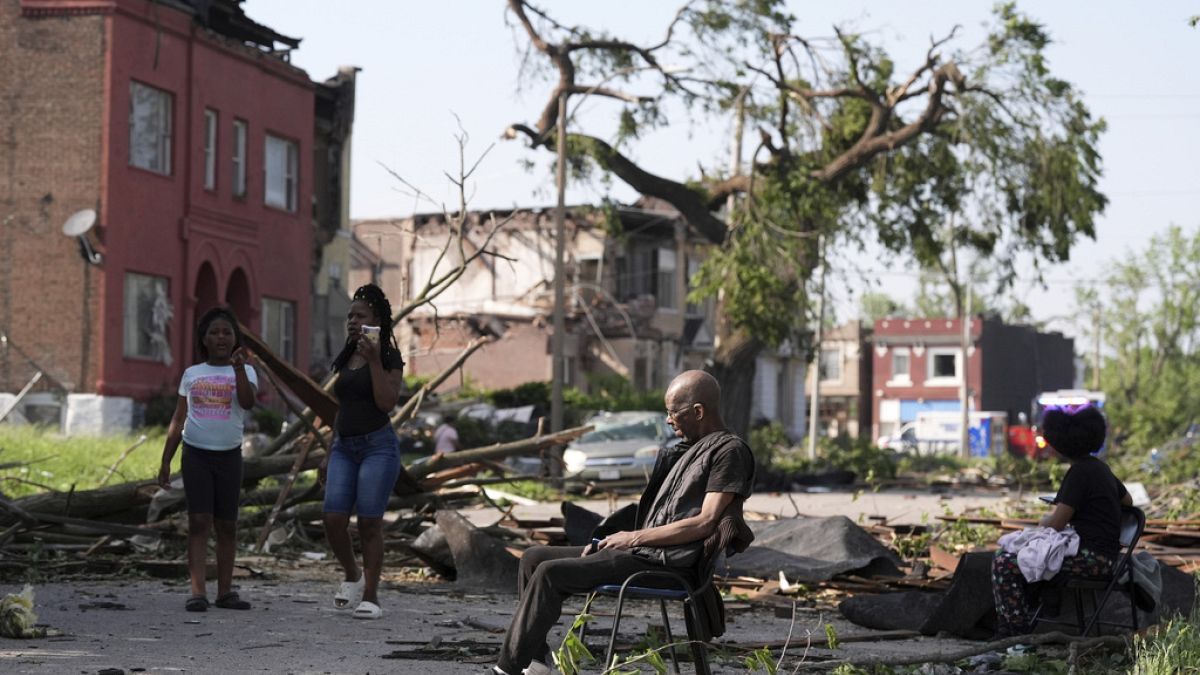Nevada
The Way Nevada Will Pick the GOP Presidential Nominee Is a Mess

LAS VEGAS—In January, roughly half a million Republican voters in Nevada will receive presidential primary ballots in the mail. Former President Donald Trump’s name won’t be on them.
The omission is part of a tussle that has ripped open the state’s Republican party and diminished the influence of Nevada in early presidential nominating contests. State GOP officials have opted to ignore the state-mandated primary and will instead host an in-person caucus in early February where Trump is expected to rack up enough delegates to win Nevada, a strategy that his opponents see as aiding the front-runner’s candidacy.
Copyright ©2023 Dow Jones & Company, Inc. All Rights Reserved. 87990cbe856818d5eddac44c7b1cdeb8

Nevada
COMMENTARY: Dam proposal would protect rural Nevada

The Hoover Dam is a lifeline to rural communities throughout the American Southwest. More than 1 million people in Nevada, Arizona and California rely on the clean energy that the dam produces. Public power utilities — that are not-for-profit community-owned — such as our organizations depend on the Hoover Dam to bring affordable and reliable energy to our rural Nevada communities.
Unfortunately, widespread drought on the Colorado River has had a dramatic impact on the dam’s ability to produce electricity. Energy generation by the dam has been reduced by 40 percent since pre-drought levels. When there is a reduction in the supply of hydropower generated from the dam, small rural public power utilities such as ours are forced to go to the market to purchase other energy sources, which are typically more expensive and less reliable. This has serious implications for rural Nevada ratepayers as energy prices are driven up and grid reliability is threatened.
While these challenges are significant, there are common-sense solutions that can help mitigate them. Unfortunately, the very resources that could help alleviate these challenges have been tied up in federal bureaucratic red tape.
In 2000, the federal government began collecting fees from hydropower users, putting the money into an account for dam employees’ retirement benefits. But when those benefits found other funding sources, the money was left unused. We are not talking about pocket change — right now there’s $50 million in funds for operations, maintenance and improvement projects to strengthen the Hoover Dam. These funds should be invested to strengthen the dam to safeguard Nevada’s hydropower. Instead, the money is just sitting in some account going unused because the Bureau of Reclamation can’t legally access it.
Fortunately, there is a solution, and we are grateful to Nevada’s congressional delegation for coming together to push for legislation to solve this. The Help Hoover Dam Act was introduced by Sen. Catherine Cortez Masto and Rep. Susie Lee and co-sponsored by Reps. Mark Amodei, Dina Titus, Steven Horsford and Sen. Jacky Rosen. If passed, this will allow the Bureau of Reclamation to invest that $50 million back into improving the dam.
These improvements modernize the dam so it can better withstand drought conditions and disasters, safeguarding the production of hydroelectric power, all while saving our taxpayer dollars.
Without access to affordable hydropower, utilities would have to purchase more power from the open market, which can spike to unaffordable costs on peak days. Rural Nevada communities simply can’t afford those price hikes.
The act puts funding that has already been allocated by the federal government to work, keeping hard-earned money in the pockets of rural communities, and secures our energy supply to prevent catastrophic failure in the event of a storm or natural disaster.
We urge Congress to join Nevada’s federal delegation and pass the Help Hoover Dam Act to invest in the future of the Hoover Dam’s hydropower that millions of rural Americans rely on, many of whom are our fellow Nevadans.
Lisa Levine is the executive director of the Nevada Rural Electric Association. This essay was also signed by Joe Stubitz, utilities director in Boulder City; Dane Bradfield, general manager of Lincoln County Power District No. 1; MeLisa Garcia, general manager and CEO of Overton Power District No. 5; and Robby Hamlin, CEO of the Valley Electric Association.
Nevada
Nevada ranks 42nd in animal-friendliness for 2025

LAS VEGAS (KSNV) — With up to 40% of America’s native animal species at risk of extinction, SmileHub has released its latest reports on the Best Charities for Animals and the Best States for Animals in 2025.
The non-profit organization evaluated the animal-friendliness of all 50 states using 18 key metrics, including the number of animal charities per capita, the share of pet-owning households, and the number of veterinarians per pet-owning household.
Nevada ranked 42nd overall in animal-friendliness.
The state placed 38th in both the share of pet-owning households and animal charities per capita.
It ranked 30th in animal protection laws, 18th in veterinarians per 1,000 pet-owning households, and 23rd in the number of state conservation programs and initiatives.
For more detailed information and to view the full report, visit SmileHub’s website.
Nevada
Missing camper explains how she survived 3 weeks lost in Sierra Nevada

FRESNO, Calif. – The survival story of a missing camper who spent nearly three weeks lost in the snow-covered Sierra Nevada mountains has stunned even the most experienced rescuers.
Story of survival
What we know:
The tale of Tiffany Slaton, which includes battling blizzards, injury, hunger, and isolation, is one reminiscent of the competition game shows Survivor or Alone.
Though the 27-year-old’s story isn’t TV.
As Fresno County Sheriff John Zanoni said, it’s an “incredible story of perseverance, determination and survival.”
Slaton, of Jeffersonville, Georgia, had been on a solo camping trip through the Sierra National Forest, part of a “bucket list” adventure before setting off to medical school.
Her journey began April 14 in the Shaver Lake and Huntington Lake areas. She traveled by electric bike with basic gear, including two sleeping bags and a tent.
She made it as far as Kaiser Pass, at an elevation of about 9,000 feet, and also passed through the Edison Lake and Golden Lake areas.
At one point, Slaton fell off the side of a mountain. She later told reporters at a news conference on Friday she was unconscious for nearly two hours. She said she had to splint one leg and pop the other back into place herself.
“Thinking of going over Kaiser Pass, and there is somewhere between 10 and 12 feet of snow. The road hadn’t even been plowed yet at the time that she went over,” Zanoni said.
Slaton ultimately had to abandon her electric bike at the trailhead for Hopkins Lake.
An avalanche blocked the road, and though she tried calling 911 repeatedly, the calls didn’t go through. Her GPS suggested the nearest Starbucks was 18 miles away — closer than the nearest trail entrance.
That’s when the most intense phase of her survival began.
Brutal conditions
Dig deeper:
She endured dehydration, hunger, extreme sun exposure that damaged her eyes, and brutal snowstorms — all while suffering from Ballerina Syndrome, a rare condition that prevents her from keeping her heels on the ground.
She ran out of most of her food within five days.
Her family last heard from her on April 20 and reported her missing on April 29. Search crews began a massive effort, covering 600 square miles between May 6 and 10.
How she survived
What they’re saying:
“I managed to survive off of these leeks and boiling the snowmelt for a very long period of time,” Slaton said.
A traveling dialysis technician, archery coach, and permaculturist, Slaton attributes her survival to both her physical conditioning and life skills she learned growing up on her family’s small farm in Georgia.
She was finally found on May 15 by Christopher Gutierrez and his employees at the Vermilion Valley Resort near Mono Hot Springs. The resort had been snowed in, but once roads were cleared that day, Gutierrez visited the property to begin summer preparations.
During the check, they noticed a door open at one of the rentals, known as the Boat House.
“I see some shoes down there, and I’m like, okay, well, it’s just a hiker who decided to hold up in the blizzard that we had that previous night and so as soon as we start making our way there, here comes Tiffany pops out deer in the headlights,” Gutierrez shared in a news conference on Wednesday.
He recounted the powerful moment she saw him and his workers.
“Didn’t say a word, just ran up and all she wanted was a hug,” the resort owner shared, “And it was a pretty surreal moment.”
Slaton told reporters that if Gutierrez hadn’t found her when he did, she would have been dead after enduring 13 grueling snowstorms.
“I would not be here,” she said. “It was going to be the last one if he hadn’t have come that day. They would have found my body there.”
Gutierrez drove Slaton to a staging area, where deputies met her.
Despite surviving an avalanche, two landslides, and more than a dozen heavy snowstorms, Slaton’s injuries were limited to small cuts, burns, and eye damage from sun exposure.
“Nothing that I don’t think time will be able to heal,” she said.
At the back of her mind throughout the ordeal was one goal: to get back to her family in time for her birthday. She was found on May 14 — and the next day, her actual birthday, she was reunited with her family in California.
The Source: Information for this story came from the Fresno County Sheriff’s Office and Tiffany Slaton.
-

 Austin, TX1 week ago
Austin, TX1 week agoBest Austin Salads – 15 Food Places For Good Greens!
-

 Technology1 week ago
Technology1 week agoNetflix is removing Black Mirror: Bandersnatch
-

 World1 week ago
World1 week agoThe Take: Can India and Pakistan avoid a fourth war over Kashmir?
-

 News1 week ago
News1 week agoReincarnated by A.I., Arizona Man Forgives His Killer at Sentencing
-

 News1 week ago
News1 week agoWho is the new Pope Leo XIV and what are his views?
-

 Politics1 week ago
Politics1 week agoDepartment of Justice opens criminal investigation into NY AG Letitia James
-

 World1 week ago
World1 week agoNew German chancellor aims for stronger EU ties with France and Poland
-

 News1 week ago
News1 week agoJudge Orders Release of Rumeysa Ozturk, Tufts Student Detained by ICE

















